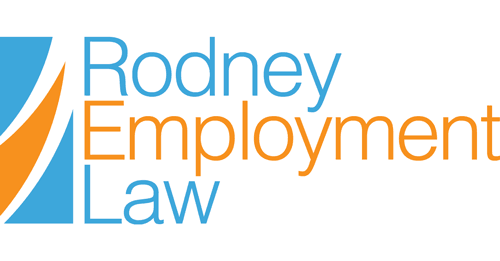By: Miriam Anbar| Lawyer’s Daily
As the #MeToo movement went viral at the end of 2017, workplaces across the country took note. Times were changing, and employers needed to embark on a new era of workplace policies and conduct — whether or not they were ready for it.
The year 2018 introduced a number of noteworthy legislative changes for provinces all across the country. In Ontario specifically, the Domestic or Sexual Violence Leave was introduced by Kathleen Wynne’s government, making it the first paid leave under Ontario’s employment legislation, the Employment Standards Act (ESA). This job-protected leave of absence allows employees to take time off work (some of which is paid) if they have experienced domestic or sexual violence or if their child has experienced domestic or sexual violence.
Following his election in June 2018, Premier Doug Ford introduced Bill 47, effectively reversing many of the changes introduced by Wynne’s Liberal government as part of Bill 148. However, the Domestic or Sexual Violence Leave was maintained. It seemed that even Premier Ford recognized the importance of such a leave.
The issue of harassment, violence, bullying and, most recently domestic abuse, has been legislated in various forms across all provinces in Canada. It began in June 2010 with Bill 168 in Ontario, which confirmed that employers must take all reasonable steps to keep employees safe and healthy. While the law referenced “harassing or violent persons” that were part of the workforce (co-worker, manager, supervisor or employer), it also noted that a harassing or violent person may be someone with no formal connection to the workplace such as a stranger or a domestic/intimate partner who brings violence or harassment into the workplace.
Most recently, the government in the Northwest Territories announced that it was considering changes to its Employment Standards Act pertaining to leave, including one that would let employees take domestic violence leave.
This type of awareness around these issues is a natural evolution of where things are headed in the workplace. Workplaces now, more than ever before, need to be cognizant of diversity, employees’ rights and health and safety in the workplace. They also need to ensure that they are equipped with the policies related to these issues and that their managers and supervisors are properly trained on how to handle them.
With the introduction of harassment/violence leaves and legislation, including domestic or sexual violence/harassment, the lines have become even more blurred between what happens outside the workplace and within the workplace. While it may be a challenge for employers, the law is clear that they need to be mindful of both when it comes to their employees — employers have a legislated obligation to ensure that their employees are safe and protected in the workplace and beyond.
In the increasingly liberal 1960s, Pierre Trudeau famously stated that there was “no place for the state in the bedrooms of the nation.” We are now seeing a move in a quite different direction, for quite different reasons, and employers must take note.
